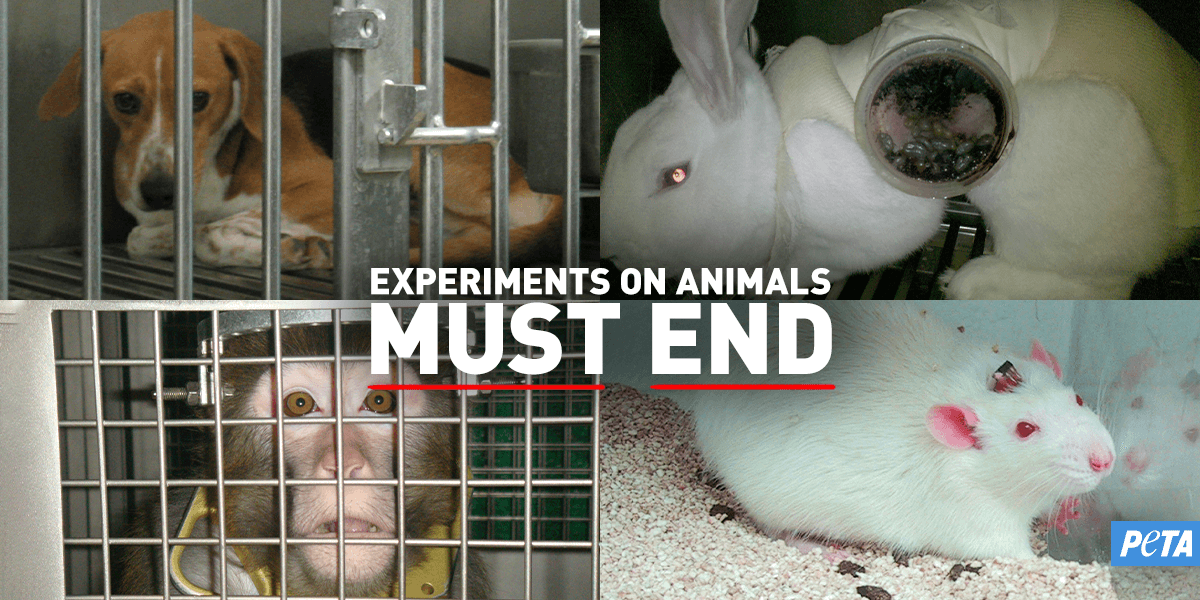In the grand theater of life, each creature plays a role, often unaware of the script or the destiny penned for them. The curtain rises not only for us, the audience, but also for those who inhabit the stage—animals. Among these living sentinels, the discourse surrounding animal testing resonates like a discordant note, challenging the harmony of coexistence. To engage deeply with this quandary, one must first comprehend the multifaceted dynamics encircling animal testing.
Animal testing, also known as vivisection, has a storied history, extending back for centuries. As scientific inquiry burgeoned, so too did the inclination to utilize sentient beings as proxies for human ailments and drug efficacy. In a sense, proponents argue that these experiments serve as a necessary evil in the pursuit of medical advancement, likening the laboratory to a crucible—where the heat of experimentation ostensibly purifies and brings forth knowledge. Yet, this elegant metaphor belies a more sinister reality, as we grapple with the ethics and validity of subjecting animals to this ferment of human ambition.
Each year, millions of animals—ranging from mice to monkeys—are enlisted in this controversial procession for the sake of scientific progress. These test subjects are subjected to a myriad of procedures, many of which inflict pain, suffering, and distress. The ethical implications are staggering, equivalent to darkened shadows cast upon the vaunted ideals of empathy and compassion that human society espouses. Therefore, as one contemplates the practice, a crucial question emerges: at what cost do we prioritize human health over the autonomy of other living beings?
The rationale behind testing often dwells in its purported benefits. New drugs, surgical procedures, and therapies are regularly subjected to scrutiny in animal models, under the premise that they yield results that may translate to human biology. Proponents of animal experimentation argue that it has been instrumental in myriad breakthroughs, including vaccines and advanced surgical techniques. However, empirical accumulation raises questions about the generalizability of these findings. Is the use of animals truly predictive of human responses, or are we merely drawing lines where none exist?
Despite advancements in technology, the reliance on animal testing has not waned significantly. The stalwart defenders of animal research cite rigorous regulations and oversight as safeguards against cruelty. In theory, these frameworks aim to mitigate suffering, ensuring a balance between the pursuit of knowledge and the pursuit of ethical conduct. Nevertheless, the reality is often more opaque. Regulatory systems can falter, enforcement may be inconsistent, and the criteria of “necessity” may sometimes be stretched thin. For many, the concept of “suffering” becomes an abstract term, easily dismissed when the benefits to humans—however ephemeral—loom large.
It is essential to consider the alternatives that have emerged in recent years. Technological innovation has paved the way for myriad approaches that circumvent the ethical dilemma posed by traditional animal testing methods. In vitro testing, computer simulations, and bioprinting are but a few examples of how scientists are exploring avenues that do not involve sentient beings. These methods, touted for their reliability and ethical integrity, invite a reexamination of our practices. Are we entrenched in a ritualistic reverence for animal testing that blinds us to more humane options?
Moreover, the perspective of the creatures themselves cannot be neglected. From the quiet despair of laboratory dogs to the frantic movements of caged primates, animals subjected to testing often endure conditions fraught with emotional and psychological distress. Empathy ought to transcend species; the ability to recognize suffering in other beings is a hallmark of a compassionate society. The image of an animal tethered to a lab table—helpless and voiceless—invokes visceral reactions. The sheer enormity of their plight weighs on collective human conscience, thus urging society to act in a manner that respects and honors all life.
It is undeniable that the conversation surrounding animal testing is laden with intricacies, challenges, and a spectrum of opinions. Those who advocate for its continuation are often met with impassioned opposition, representing a schism within public perception and understanding. The urgency of the matter commands attention, as ethical frameworks evolve alongside scientific understanding. Yet, history has taught us that change is rarely linear; the path ahead requires collective consciousness, enlightened advocacy, and commitments to compassion.
In conclusion, the question of whether to believe in animal testing transcends mere opinion—it dives deep into the fabric of our ethics and human values. It compels individuals and societies to navigate the complexities of scientific inquiry through a lens of empathy. If the practice of animal testing is to persist, it demands unwavering scrutiny as well as a relentless pursuit of alternative methods. Thus, as society grapples with the premise of our coexistence alongside the animal kingdom, one must ponder not only the implications of our actions but the legacy we wish to leave for future generations. In this intricate dance of life, if we are to laud our capacity for progress, we must also bear the weight of compassion. The curtain on animal testing has yet to fall; may we craft a narrative where all beings are revered, so that we may eventually witness a genuine transformation in how we recognize and honor life itself.









